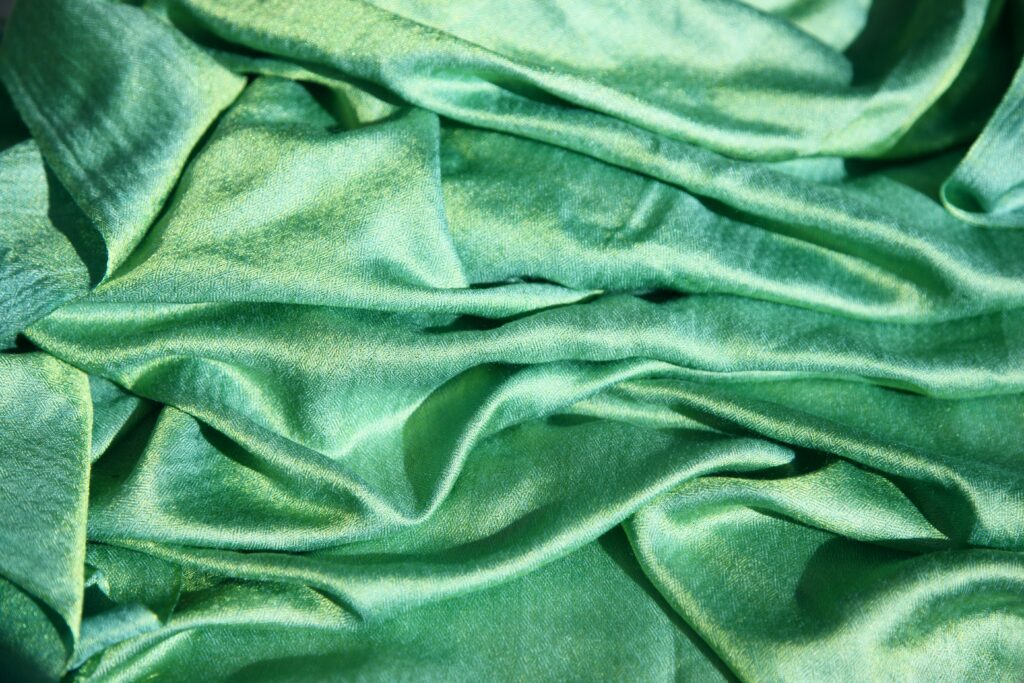Understanding the difference between wet vs. dry cleaning will help you decide what is best for your clothes, depending on fabric and other factors.
Although both methods are used professionally to remove stains and keep clothes looking their best, each has its unique process and pros and cons, making it more appropriate for certain applications.
Wet vs. Dry Cleaning

Here’s everything you need to know.
What is Dry Cleaning?
Dry cleaning is the process of washing clothes and other domestic objects with solvents instead of water.
Traditionally, this process relies on hydrocarbon solvents, which tend to be more environmentally friendly than older chemical products.
Dry cleaning is known for washing fragile clothes delicately, removing stains, and not causing shrinkage. Of course, it’s also touted for its convenience and time-saving!
What is Wet Cleaning?
Wet cleaning involves water-based cleaners that employ chemical-free solvents and detergents. Specialized cleaners regulate heat, moisture, and agitation so your clothing is cleaned without shrinking or tearing.
It provides a gentle yet thorough clean and is increasingly sought after for different fabrics.
Pros of Dry Cleaning
- Good For Difficult Stains: Dry cleaning is great for stubborn fabric stains such as grease, oil, and other items that do not wash away in water.
- Gentle on Fine Material: It prevents the shrinkage, stretching, and tear of delicate fabric such as silk, wool, and feathered clothing.
- Quick Dry Time: Without water, garments typically dry more quickly, which is ideal for fast-turnaround customers.
- Spot Treatment: Specific stains can be targeted precisely during the cleaning process.
Cons of Dry Cleaning
- Price: It is generally pricier than regular wet cleaning due to the equipment and solvents required.
- Chemicals: Although many dry cleaning solvents are now considered environmentally friendly, some still contain chemicals and/or fragrances.
- Material Wear: Over time, dry cleaning can cause some fabrics to fade or become spongy.
It’s important to note that any potential drawbacks of dry cleaning can be overcome by choosing the right laundry service! There are affordable, environmentally friendly options, including Fresh&Fold, that you can trust to treat your garments professionally.
Pros of Wet Cleaning
- Environmentally Friendly: Water-based detergents and non-toxic solvents make wet cleaning sustainable.
- Fabric Maintenance: Colours and fabric texture are better preserved without exposure to aggressive solvents.
Cons of Wet Cleaning
- Potential Stretching or Warping: Some fabrics stretch or lose shape when improperly handled.
- Longer Drying Time: Dry cleaning takes longer to dry than wet cleaning, which impacts turnaround times.
What is the Best Cleaning Solution for Certain Types of Clothing?

Depending on the type of fabric you need to clean, wet vs. dry cleaning is the better option.
- Dry Cleaning for Special Fabrics: Wool, silk, or delicate items whose complicated embellishments also benefit from dry cleaning at a lower temperature. This prevents the fabric from shrinking and preserves its natural form and texture.
- Wet Cleaning for Universality: Wet cleaning is generally considered safe for all fabrics. However, it may not do the job very well for stains that are difficult to remove, like oil or grease.
Conclusion: Wet vs. Dry Cleaning in Vancouver
Dry and wet cleaning each have advantages for maintaining your clothes to perfection.
Whether you want an exclusive service for a delicate item or something more sustainable for day-to-day use, the right professional service keeps your clothes clean and looking their best.
Contact Fresh&Fold for wash and fold, self-serve, and dry cleaning services in Vancouver!

